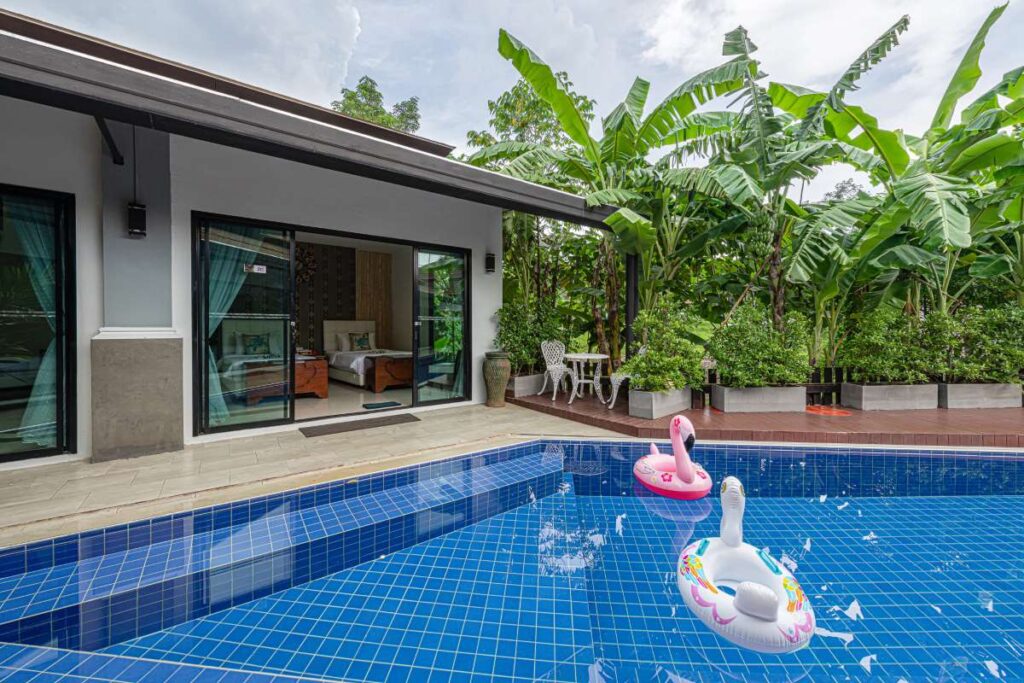When and How to Drain a Pool Safely
Learn the essential steps to safely drain your pool, including when to do it, methods to use, and crucial safety tips for a successful process.
Draining a swimming pool is a task that many pool owners will encounter at some point. Whether it’s for maintenance, repairs, or seasonal preparation, understanding the proper methods and timing for draining your pool is essential. This article will guide you through the key considerations, techniques, and safety measures to ensure that the process goes smoothly, protecting your pool structure and surrounding environment.
Understanding When to Drain Your Pool
– One of the most common reasons to drain a pool is for maintenance. If your pool water has become excessively dirty or unbalanced despite regular treatments, it may be time for a complete drain and refill.- Repairs and renovations often necessitate draining the pool. Whether you’re resurfacing the pool or fixing a leak, an empty pool is crucial for these kinds of projects.- Seasonal changes may require draining as well. For instance, if you live in an area with freezing winters, draining the pool can prevent damage from ice expansion.- Consider the weather conditions before draining. Ideally, choose a dry day with no forecast for rain or high winds, which can contribute to flooding or other complications.Knowing when to drain your pool is as important as the process itself. If you’re considering purchasing a pool route for sale in your region, understanding these maintenance practices can enhance your service offerings and customer satisfaction.
Step-by-Step Guide on How to Drain a Pool Safely
Draining a pool can seem daunting, but breaking the process down into manageable steps makes it easier. Here’s how to do it safely:1. Preparation: – Before you begin, make sure that you have the necessary equipment, such as a submersible pump, garden hose, and a pool vacuum if needed. – Check local regulations regarding draining pools, as some areas have laws about where you can drain the water, especially if it contains chemicals.2. Disconnect Equipment: – Turn off the pool heater, pump, and filtration system. This step is crucial to avoid damage to your equipment during the draining process.3. Position Your Pump: – Place your submersible pump at the deepest end of the pool. Connect a garden hose to it and direct the other end to the designated drainage area, ensuring that it’s away from any structures or plants that could be damaged by the water.4. Start Draining: – Turn on the pump and monitor the draining process. It’s advisable to stay nearby and check for any issues, such as clogs in the hose.5. Monitor the Water Level: – As the water lowers, keep an eye on the pool walls to ensure they don’t collapse. If your pool has a shallow end, consider draining it first before moving to the deeper end.6. Final Steps: – Once the pool is drained, clean the surfaces as needed. You can use this opportunity to perform any necessary maintenance or inspections.By following these steps carefully, you can ensure a safe and efficient draining process. Are you interested in learning more about pool maintenance? Check out our
Pool Routes Training for comprehensive resources.
Safety Considerations When Draining Your Pool
Safety should be your top priority when draining a pool. Here are some key considerations:- Structural Integrity: Draining a pool too quickly can cause the walls to collapse, especially in vinyl or fiberglass pools. Always ensure that you follow the recommended guidelines for your pool type.- Groundwater Levels: If you live in an area with high groundwater levels, draining your pool can cause it to float. To prevent this, consult with a professional before proceeding.- Chemical Disposal: If your pool water contains high levels of chemicals, check with local authorities regarding proper disposal methods to avoid environmental harm.- Electrical Safety: Ensure that all electrical equipment connected to the pool is turned off and disconnected during the draining process to prevent electrical hazards.Being aware of these safety considerations will not only protect your pool but also ensure that the environment around it remains intact.
Common Mistakes to Avoid
When draining your pool, it’s easy to make mistakes that can lead to complications. Here are some common pitfalls to avoid:1. Not Planning Ahead: – Failing to plan the drainage process can lead to unexpected challenges. Take the time to review your pool’s structure, local laws, and weather conditions beforehand.2. Ignoring Local Regulations: – Always be aware of local regulations regarding pool drainage. Ignoring these could result in fines or penalties.3. Draining Too Quickly: – Rushing the process can compromise your pool’s structure. Always follow the recommended drainage rate for your pool type.4. Neglecting Maintenance: – After draining your pool, many people forget to perform essential maintenance tasks. Take advantage of the opportunity to clean, inspect, and repair your pool.By being mindful of these common mistakes, you can ensure a safer and more efficient draining process.
Conclusion
In summary, draining your pool is a necessary process that, when done safely and correctly, protects both the structure of your pool and the surrounding environment. Understanding when to drain, following safe and effective methods, and being aware of common mistakes can lead to a successful outcome. If you are looking to enhance your pool service offerings, consider exploring
pool routes for sale in your region to gain insights and training that can help you manage maintenance tasks efficiently. Whether you are an aspiring entrepreneur or an established pool service professional, having the right knowledge and support can significantly impact your success in the pool maintenance industry.Ready to take the plunge? Contact us today at
Superior Pool Routes for more information on how we can support your journey in the pool service business!



